This part covers our searches to the west of Durango. We headed out on the Mex-40 in the direction of El Salto. We made a first stop just after the junction with the new autopista but found nothing there, but our second stop just before km 13 was more fruitful, finding Coryphanth compacta and more of the ubiquitous Mammillaria gummifera (of which you have seen enough so far!). Several more stops found more Coryphanthas and Mammillaria that looked rather different to the previous M. gummifera plants that we had seen. The central spine was very upward pointing and this we thought was a form of Mammillaria wagneriana.

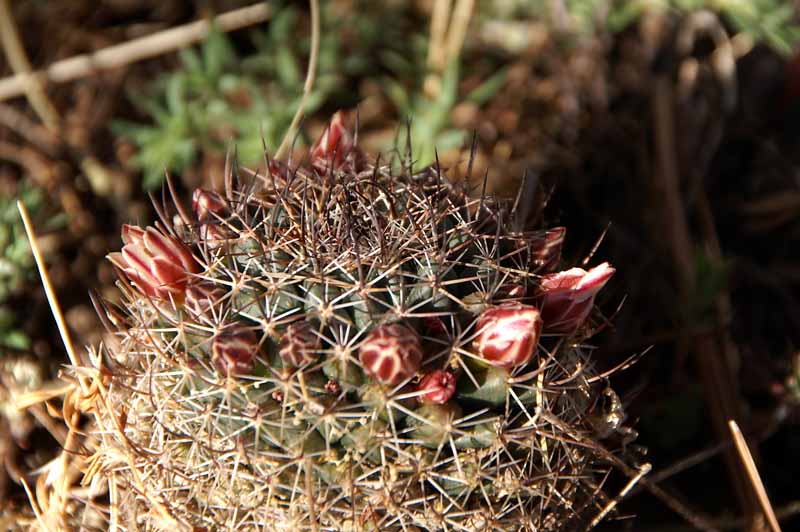
Some distance further on, attracted by the bright red flowers that we could see on the hillside, we stopped and explored. The red flowers were of Echinocereus acifer, but the real prize was the discovery of Mammillaria longiflora.

One of the many plants with fully dried up flowers.
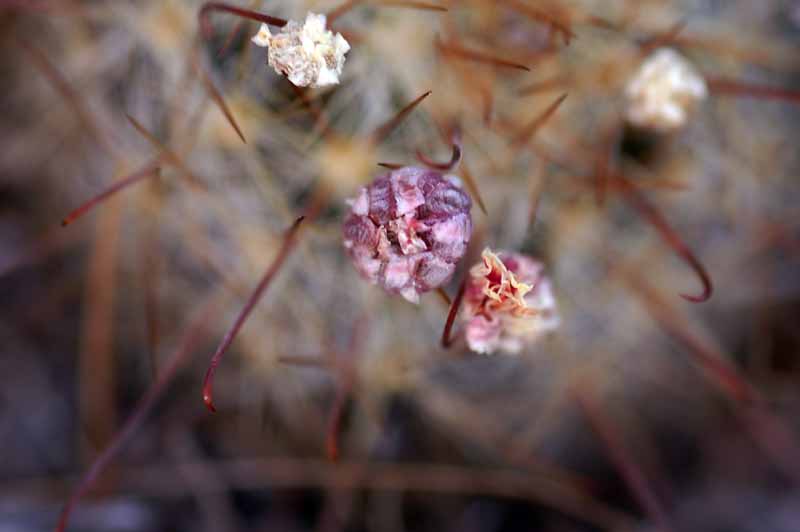
A close up of a dried up flower

M. longiflora

M. longiflora
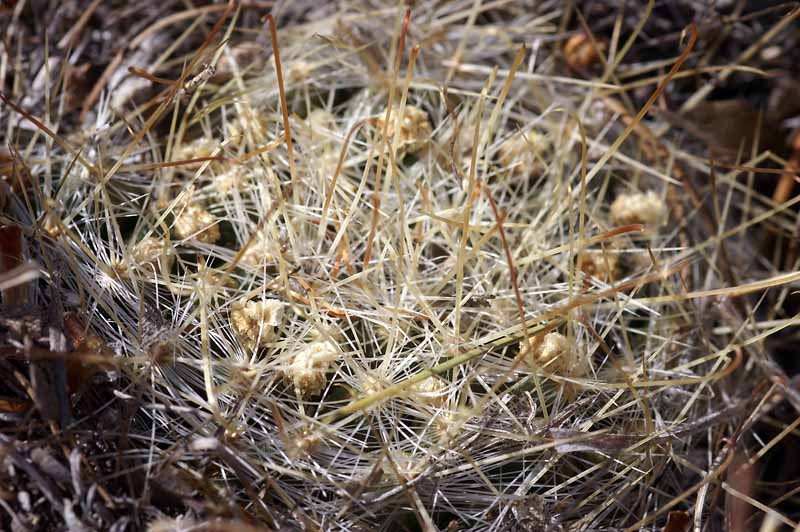
M. longiflora
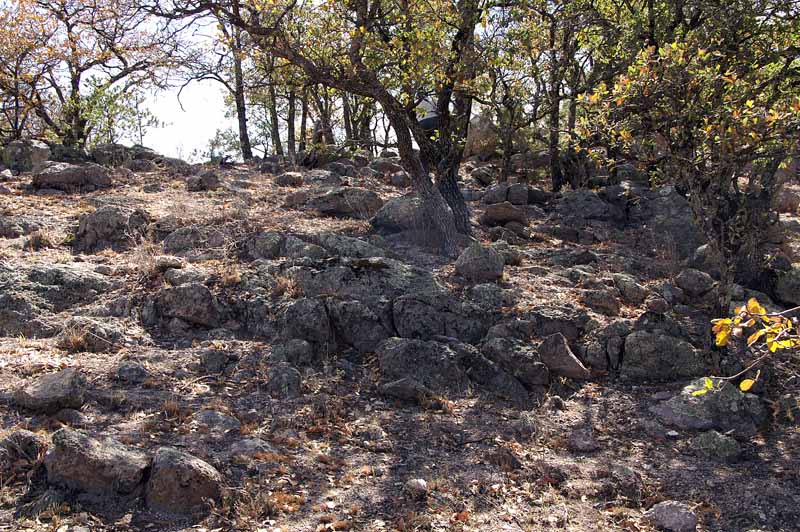
Where we found most of the M. longiflora plants, in rocky ground, partially shaded by the trees.
I was rather surprised at the length of the floral remains, which seemed to me to be really quite short. I didn't think we should have come across M. longiflora ssp stampferi in these parts, but it would seem that the length of the flower does vary somewhat.
There were also plants here which seemed closer to M. wagneriana than M. gummifera, but judge for yourselves from these next two photos - and let me know what you think!
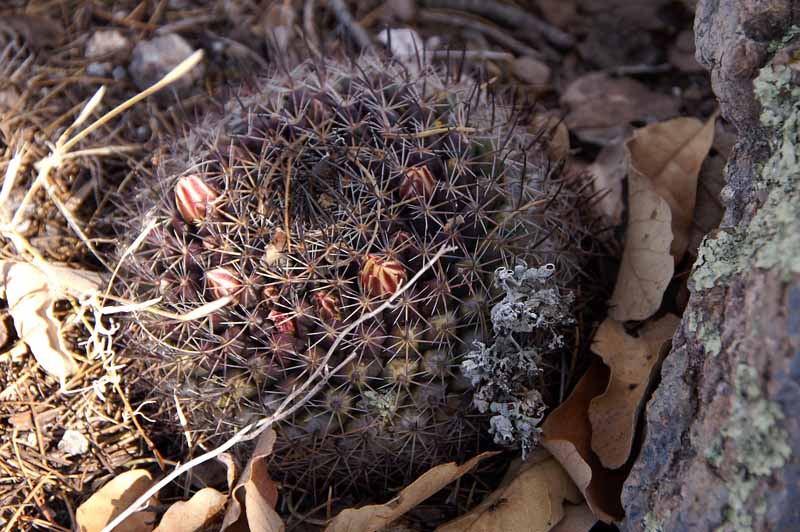
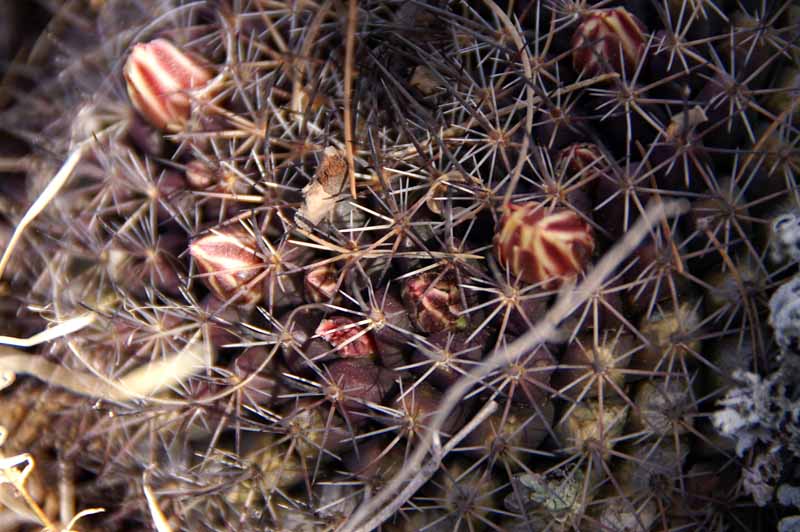
Finally, just as we were getting back to the cars, literally beside the road on a rocky outcrop, again M. longiflora, this time still in flower - just!
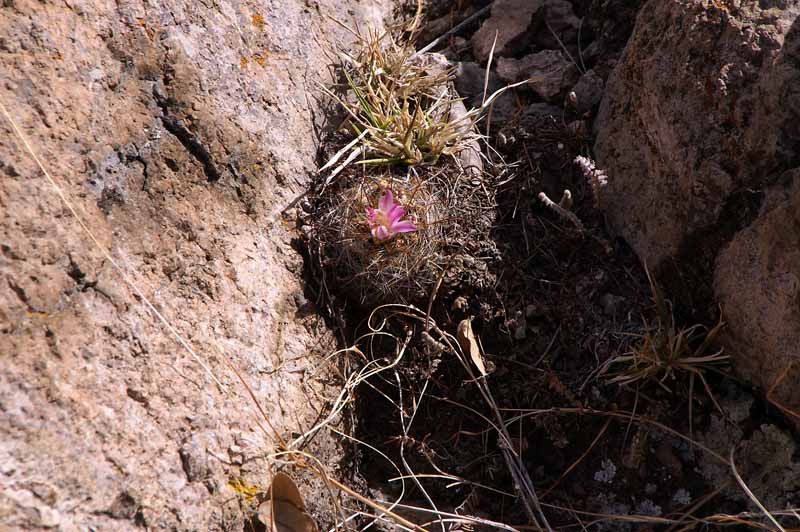

We then went on to El Salto with the hope of finding Mammillopsis senilis. We searched a number of likely looking areas without success, and eventually asked help from the locals. A young man joined us, as he was supposed to know where these plants were, and we set out on a long drive into the mountains on what turned out to be an abandoned railway track, and though we found more Echinocereus acifer and also some other succulents (Agaves and probably Graptopetalum spp.) there were no M. senilis. Sadly an afternoon wasted, which could have been used better - but one has to get used to that, you can;t be lucky all the time.
_________________
Chris43, moderator
